Testing and tagging was implemented in Australia as a strategy to ensure the safety of portable electrical appliances in the workplace. It is also legislated in Australia. Specified electrical equipment and safety switches need to be tested at intervals according to the type of work they are used for. These testing intervals are different for each field of work.
For construction work, testing information can be found within the AS/NZS 3012 Electrical installations – Construction and demolition sites. For manufacturing, service, office, amusement and rural industry work, information is in the Electrical Safety Regulation 2013.
Here we run through more information on who is able to test and tag electrical equipment in your workplace and how often it must be done.
What is a Test and Tag Inspection?
A Test and Tag is a method of ensuring compliance with Australian WHS and Electrical Safety regulations and workplace safety. The Test and Tag inspection is a process of carefully visually inspecting each appliance for damage to flex, connections, guards, covers and plug by a competent technician. If an item is safe to electrically inspect, the item’s insulation, earthing and polarity may be tested to ensure it is electrically safe.
Portable appliances such as power tools and kettles are items that are most frequently handled by workers, and are also the most open to damage and hostile environmental conditions – which can cause them to become electrically unsafe. Under most state and territory regulations, these appliances in hostile operating environments must be tested and tagged on a regular basis to ensure their safe operation.
Who can test electrical equipment?
Only a qualified electrician can test and tag electrical equipment. Within a test and tagging inspection, an electrician can determine if the electrical equipment is safe for use.
Please do not carry out a test and tag inspection yourself as it is an offence under the Electrical Safety Act 2002 to repair electrical equipment unless you have the appropriate electrical work licence.
Recommended Intervals for Testing Equipment
After a Test and Tag inspection, a durable tag will be attached to the tested equipment that clearly shows the test date and the next scheduled test inspection date.
The AS/NZS 3760 standard (table 4 shown below) should be seen as a minimum test and tag requirement guide. A lot of workplaces and company owners will have different test and tag frequencies because of their own risk management and OHS planning.
For the most common environments, we recommend the following intervals:
Every 3 months:
Building, construction and demolition - this requires the most frequent testing due to it being considered a harsh environment and therefore an appliance being damaged is more likely compared to other settings.
Every 6 months:
Factories, warehouses and production - this type of environment isn't considered as harsh, but because appliances tend to be used constantly, they need to be tested every 6 months.
Every 12 months:
An environment where the equipment/supply cord is prone to flexing or open to abuse - this is often referred to as a hostile environment, as the appliance can be overused and is therefore exposed to dust build-up, general deterioration and the weather.
Every 5 years:
An environment where the equipment/supply cord is not prone to flexing or open to abuse - this is commonly referred to as a non-hostile environment - a typical example of this might be a company's server room.
Source: Test & Tag Training
For any enquiries in South East Queensland, get in touch with the Ehlerth Electrical team on 1800 940 413 or contact us, here.










